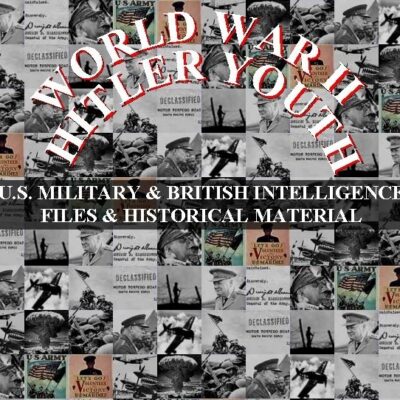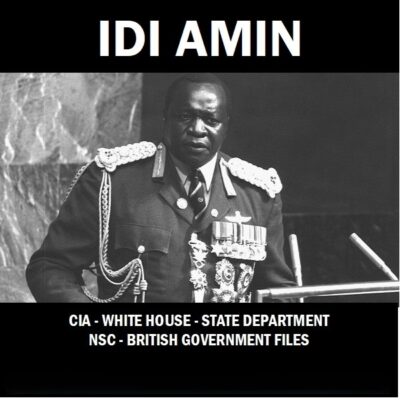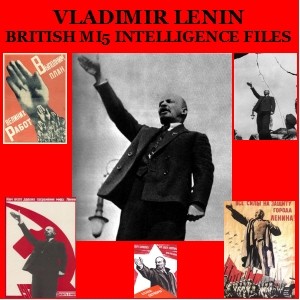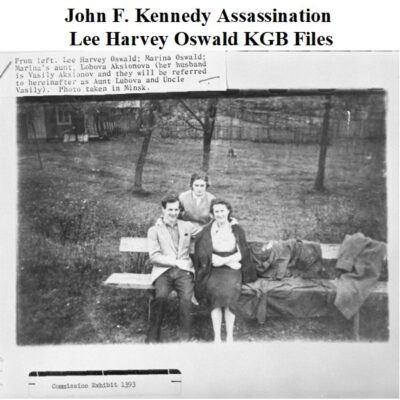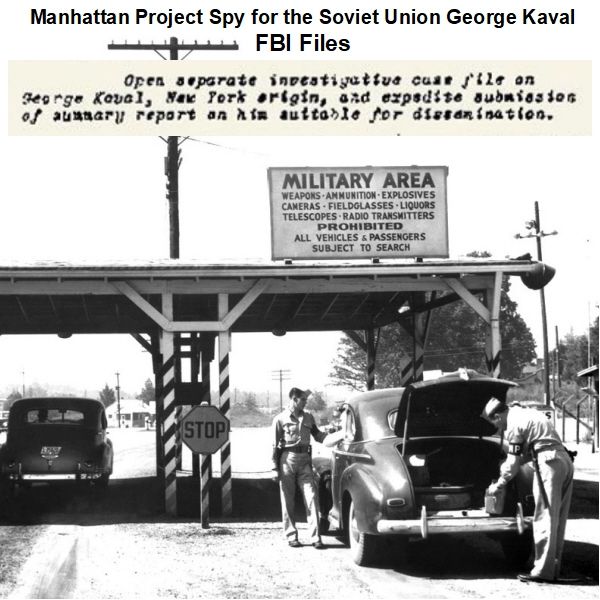
George Koval: Soviet Spy in the Manhattan Project – FBI Files
$19.50
Description
George Koval: Atomic Spy’s Timeline and Players
- 1913: George Abramovich Koval is born in Sioux City, Iowa, to Russian Jewish immigrants.
- 1932 (age 19): Koval moves with his parents to the Jewish Autonomous Region in the Soviet Union, near the Chinese border. He is recruited by the Soviet GRU (military intelligence) and assigned the code name “DELMAR.”
- 1940: Koval returns to the United States.
- Early 1943: Koval is drafted into the U.S. Army. He is selected for the Special Engineer Detachment, a cover for the Manhattan Project.
- 1943 – 1948 (approximate): Koval works at atomic research laboratories, including Oak Ridge, Tennessee.
- During this period, according to Russian sources, he relays information to the Soviet Union about the production processes and volumes of polonium, plutonium, and uranium used in American atomic weaponry, and descriptions of weapon production sites.
- He also informs the Soviets that Oak Ridge’s polonium is being sent to another Project site at Los Alamos National Laboratory.
- His employer, Raven Electric Company, a cover for Soviet military intelligence, obtains occupational draft deferments for Koval, representing him as a “key employee” and board member.
- June 22, 1945: Koval produces a scientific report titled “Determination of Particulate Air-Borne Long-Lived Activity” while working at Oak Ridge.
- August 29, 1949: The first Soviet atomic bomb, code-named “Joe 1” by the Americans, is detonated. Its design is very similar to the first US “Fat Man” plutonium bomb. Russian military officials later state that the initiator for the plutonium bomb was “prepared to the ‘recipe’ provided by military intelligence agent Delmar [Koval].”
- 1950s: The FBI begins investigating Koval’s wartime activities, approximately 8 years after he left the United States. They interview his former colleagues and are left with the impression that he had spied.
- 2002: The book “The GRU and the Atomic Bomb” by Vladimir Lota is published, mentioning Koval by his code name “DELMAR” and listing him as one of a handful of spies who evaded counterintelligence efforts.
- January 31, 2006: George Koval dies in his Moscow apartment at the age of 92.
- 2007: Russian President Vladimir Putin posthumously awards Koval the Hero of the Russian Federation decoration for “his courage and heroism while carrying out special missions” and publicly names him as Delmar.
- May 2009: Michael Walsh publishes the Smithsonian article, “George Koval: Atomic Spy Unmasked.”
- September 2019: Harvey Klehr and John Earl Haynes publish the CIA journal article, “Project SOLO and the Seborers: On the Trail of a Fourth Soviet Spy at Los Alamos.”
Cast of Characters
- George Abramovich Koval (Code name: DELMAR): An American-born Soviet intelligence agent (GRU) who successfully infiltrated the Manhattan Project during World War II. He provided crucial information to the Soviet Union regarding American atomic weapon production processes, materials, and sites, significantly reducing the time it took for Russia to develop nuclear weapons. He was a “sleeper agent” and “penetration agent” who evaded U.S. counterintelligence efforts and returned to the Soviet Union in 1948, where he died in 2006. He was posthumously recognized by Russia for his heroism.
- Vladimir Putin: President of Russia who posthumously awarded George Koval the Hero of the Russian Federation decoration in 2007, publicly acknowledging him as “DELMAR.”
- John Earl Haynes: A historian at the Library of Congress and an authority on the Cold War. He describes Koval as a “trained agent,” “sleeper agent,” “penetration agent,” and “professional officer.” He is also a co-author of the 2019 CIA journal article.
- Michael Walsh: Author of the May 2009 Smithsonian article, “George Koval: Atomic Spy Unmasked,” which discusses Koval’s role in Soviet atomic bomb development.
- Vladimir Lota: Author of the 2002 book “The GRU and the Atomic Bomb,” which mentions Koval by his code name “DELMAR” and notes his success in evading counterintelligence.
- Harvey Klehr: Co-author of the September 2019 CIA journal article, “Project SOLO and the Seborers: On the Trail of a Fourth Soviet Spy at Los Alamos.”
FBI Files on George Koval: Soviet Spy in U.S. Nuke Program
Federal Bureau of Investigation Records Regarding George Koval, a Soviet Espionage Agent in the Manhattan Project.
Delving into nearly two thousand pages of FBI archives, these documents detail George Koval, an American-born Soviet operative known as “DELMAR,” who managed to penetrate the sensitive Manhattan Project. John Earl Haynes, a distinguished historian specializing in the Cold War at the Library of Congress, characterized Koval by stating, “Koval operated as a meticulously trained operative, not merely a private citizen from America. He exemplified a seldom-seen phenomenon, often depicted in novels but seldom encountered in reality—a deeply embedded, professional intelligence officer.”
George Abramovich Koval, who lived from 1913 to 2006, was an American individual functioning as a valuable asset for Soviet intelligence. Numerous Russian accounts suggest that Koval’s successful penetration of the Manhattan Project as a GRU (Soviet military intelligence) operative considerably shortened the timeline for the Soviet Union’s development of atomic armaments. U.S. intelligence agencies had predicted the USSR would possess nuclear capabilities somewhere between 1950 and 1953. However, the Soviet Union’s inaugural atomic device, designated “Joe 1” by American officials, was detonated on August 29, 1949. Its structural blueprint closely resembled the “Fat Man,” the initial U.S. plutonium bomb, featuring a TNT/hexogen implosion lens configuration. In his “George Koval: Atomic Spy Unmasked” piece for Smithsonian in May 2009, Michael Walsh cited Russian military authorities stating that the plutonium bomb’s initiator was “manufactured following the exact specifications supplied by military intelligence operative Delmar [Koval].”
Koval’s birth took place in Sioux City, Iowa, to an immigrant family of Russian Jewish heritage. At the age of nineteen in 1932, he relocated with his mother and father to the Jewish Autonomous Region within the Soviet Union, situated close to China’s border. The Soviet GRU, their military intelligence service, recruited Koval, provided him with training, and assigned him the alias DELMAR. His return to America occurred in 1940, and he was conscripted into the U.S. Army early in 1943. Koval became part of the Special Engineer Detachment, an entity serving as a front for the clandestine Manhattan Project. His posting was to Oak Ridge, Tennessee. While engaged at nuclear research facilities, Koval, as indicated by Russian accounts, transmitted intelligence back to the USSR regarding the methods and quantities of polonium, plutonium, and uranium utilized in American nuclear armaments, along with layouts of the weapon manufacturing locations. A crucial piece of information he conveyed confirmed that polonium from Oak Ridge was being dispatched to Los Alamos National Laboratory, another facility associated with the Project. Koval departed for a European holiday in 1948 and subsequently did not re-enter the United States. A publication titled “The GRU and the Atomic Bomb” by Vladimir Lota appeared in 2002, identifying Koval by his alias and recognizing him as one of very few agents who successfully eluded counter-espionage operations. On January 31, 2006, Koval passed away in his apartment in Moscow, having reached 92 years of age. Russian President Vladimir Putin bestowed upon Koval the Hero of the Russian Federation award posthumously in 2007, citing his “bravery and valor demonstrated in executing specialized assignments,” and officially revealed his identity as Delmar.
It was approximately eight years after Koval’s departure from the United States that the Federal Bureau of Investigation initiated its inquiry into him.During the 1950s, federal investigators examined Koval’s actions from the war period and held discussions with individuals who had previously collaborated with him. This inquiry led the Bureau to believe he had engaged in espionage. A voluminous file from the FBI, spanning close to two thousand pages, reveals accounts from neighbors indicating that as a young man, George openly expressed his adherence to communist ideology. Definitive details regarding Koval’s intelligence operations during his initial years residing in New York are unavailable. Nevertheless, his Bureau record indicates that Raven Electric Company, his employer, secured multiple military conscription exemptions for Koval by classifying him as a pivotal staff member and an executive board participant. Raven Electric Company was subsequently identified as a clandestine front for Soviet military intelligence operations.
PUBLICATION FROM THE CENTRAL INTELLIGENCE AGENCY
“Project SOLO and the Seborers: Pursuing Evidence of a Fourth Soviet Agent at Los Alamos,” authored by Harvey Klehr and John Earl Haynes, was published in September 2019 within the CIA’s periodical, “Studies in Intelligence.”
SCIENTIFIC DOCUMENT FROM KOVAL
“Assessing Persistent Airborne Particulate Activity,” a report authored by George Koval, dated June 22, 1945. This document was generated by Koval during his tenure at Oak Ridge.
CHRONICLE OF CONFIDENTIAL OPERATIONS AT OAK RIDGE
The Historical Record of Restricted Endeavors at Oak Ridge National Laboratory
Executive Summary:
The primary objective of this document is to present a succinct overview of the principal classified undertakings carried out by ORNL, commencing in 1943 and extending through September 2000. It is anticipated that this account will serve as a valuable resource for the ORNL Classification Officer, as well as for the laboratory’s officially sanctioned Derivative Classifiers and Declassifiers, assisting them in their assessments of ORNL paperwork, with particular regard to records originating from the 1940s and 1950s.
